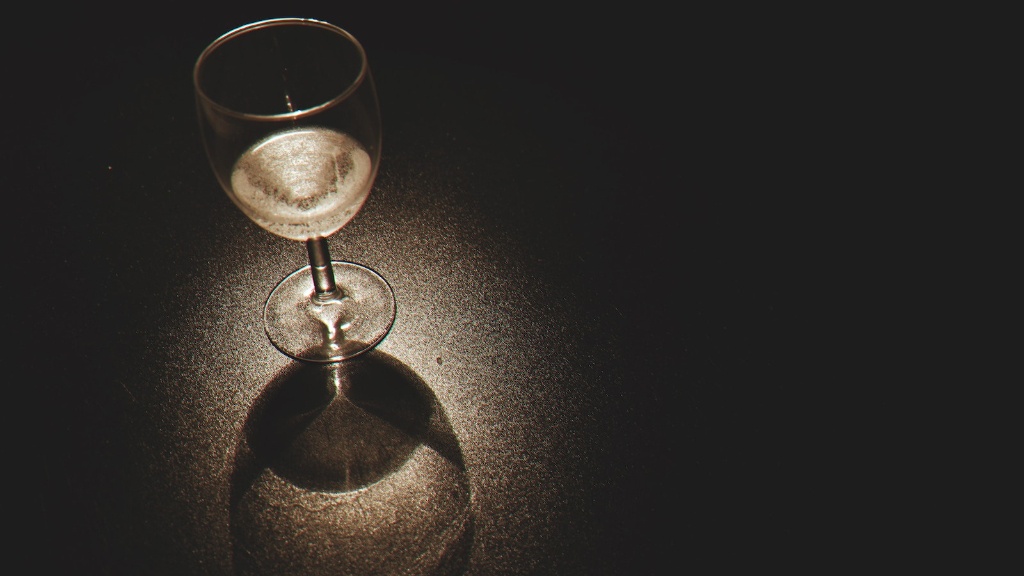Exploring The Loire Valley’s Best Vineyards
Exploring the Loire Valley\'s Best Vineyards h2

The Loire Valley has long been considered one of France\’s most beautiful regions, known for its stunning châteaux, picturesque villages, and of course, its wines. Referred to as the \’Garden of France\’, the valley is home to numerous vineyards that produce some of the country\’s best wine.
The Loire Valley wine region stretches over 1,000 km along the Loire River, from Nantes to Sancerre. The region produces a wide variety of wines, including crisp and refreshing Muscadet, fruity Rosé d\’Anjou, and rich and complex Sancerre. The region\’s mild and temperate climate, as well as its unique chalky soils, make it a perfect location for growing a variety of grapes.
One of the best ways to explore the Loire Valley\’s vineyards is by taking a wine tour. Many vineyards offer guided tours that include tastings, as well as visits to cellars and vineyards. Tours allow visitors to learn about the wine-making process, the history of the vineyard, and the individual characteristics of each wine.
To get the most out of your Loire Valley wine experience, it\’s best to visit some of the region\’s top-rated vineyards. Domaine des Baumard, located in the Anjou-Saumur region, is known for its white wines, particularly its Savennières. The vineyard has been family-owned since 1634 and is committed to sustainable farming practices.
The Vouvray region is home to Domaine Huet, another family-owned vineyard that produces exceptional Chenin Blanc. The vineyard has been certified organic since 2007 and its wines are known for their minerality and complexity.
Chinon, in the Touraine region, is known for its red wines, particularly its Cabernet Franc. Couly-Dutheil is one of Chinon\’s top-rated vineyards, producing elegant and structured wines. The vineyard offers guided tours that include tastings and visits to its underground cellar.
The Loire Valley is not only a great location for wine lovers, but also for those interested in history and culture. The region is home to numerous châteaux, including the famous Château de Chambord and Château de Chenonceau. Visitors can combine a visit to a vineyard with a tour of a nearby château, allowing them to experience the region\’s rich history and stunning architecture.
The Benefits of Sustainable Wine-Making
Sustainable wine-making practices are becoming increasingly important in the modern wine industry. Many vineyards in the Loire Valley are committed to sustainability, implementing practices that reduce their environmental impact and promote biodiversity.
Sustainable wine-making practices include reducing the use of pesticides and herbicides, conserving water and energy, and using organic fertilizers. These practices not only benefit the environment, but also produce higher quality wines. By promoting biodiversity in the vineyard, sustainable wine-making allows for a more complex and diverse range of microorganisms to thrive, resulting in unique and complex wines.
Sustainable wine-making also benefits the local community by promoting social responsibility and supporting local businesses. By purchasing locally grown and produced wines, consumers can support the region\’s economy, as well as enjoy wines that reflect the terroir and culture of the region.
The Importance of Terroir in Loire Valley Wines
The concept of terroir refers to the unique environmental factors that influence a wine\’s character, including soil, climate, and topography. In the Loire Valley, terroir plays a significant role in the region\’s wine production.
The valley\’s diverse range of soils, including limestone, clay, and flint, allows for a variety of grapes to be grown, resulting in an array of different wines. The region\’s cool climate and abundant rainfall also contribute to the unique characteristics of Loire Valley wines.
Visitors to the Loire Valley can taste the distinct differences between wines produced in different parts of the region. The wines of Sancerre, for example, are known for their minerality and acidity, while those of Vouvray are known for their fruitiness and freshness.
The Future of Loire Valley Wine-Making
The Loire Valley wine region is constantly evolving, with new vineyards and winemakers emerging every year. Many vineyards are embracing new technologies, such as organic and biodynamic farming, to produce better quality wines while reducing their environmental impact.
The region is also seeing a renewed interest in indigenous grape varieties, such as Poulsard and Grolleau. These unique and lesser-known varieties are gaining popularity among wine enthusiasts who are seeking out new and exciting wines.
Despite these changes, the Loire Valley remains committed to maintaining its traditional wine-making practices and producing wines that reflect the unique characteristics of the region. With its stunning vineyards, rich history, and exceptional wines, the Loire Valley is a must-visit destination for wine lovers and travelers alike.

